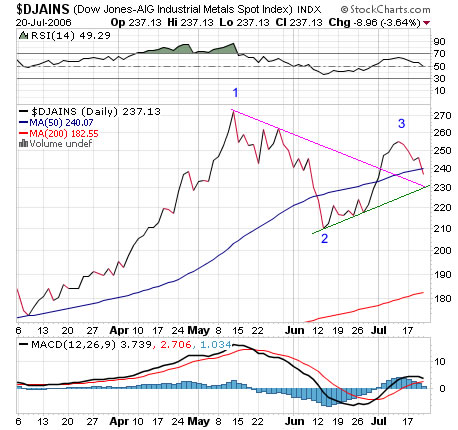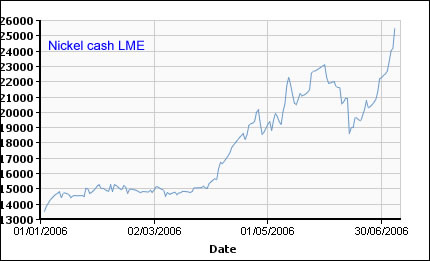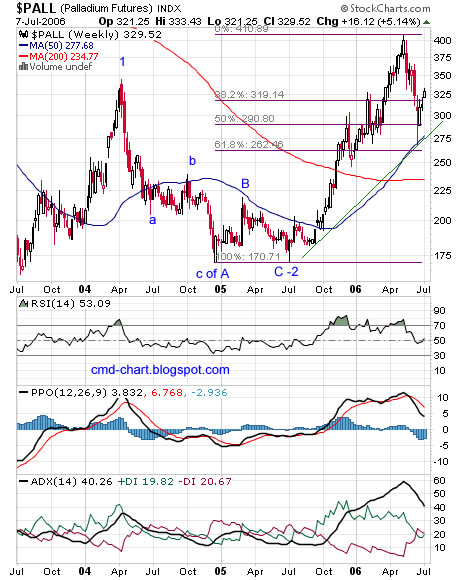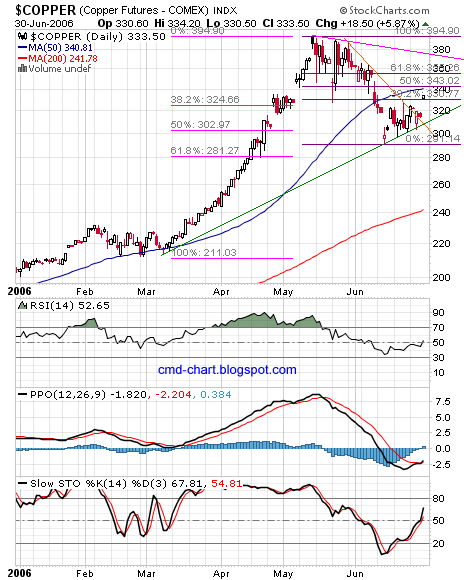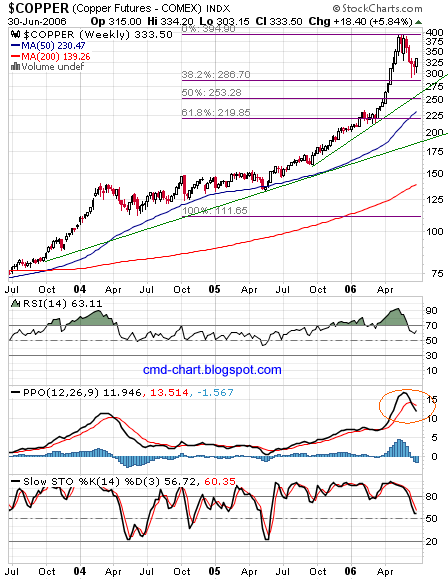Again, not unjustified in my opinion.WENDY STUECK MINING REPORTERVANCOUVER -- New mining laws in Mongolia give the country the right to bargain for up to a 34-per-cent stake in "strategic" mineral deposits, creating more uncertainty for foreign resource investors and raising the potential for further delays for Ivanhoe Mines Ltd.'s flagship Oyu Tolgoi project.
"The reality is that the [Mongolian] government is clearly controlling the agenda of this project," said Raymond James analyst Tom Meyer.
"I think Ivanhoe shareholders should expect further delays, not on the order of months -- which I think is the view that's out there -- but realistically, we could be looking at years."
Vancouver-based Ivanhoe is developing the Oyu Tolgoi project, a big copper-gold deposit about 80 kilometres from the border between China and Mongolia.
The company has spent more than two years trying to strike a stability agreement with the Mongolian government for Oyu Tolgoi to cover issues such as taxes and royalties for the proposed mine, which is expected to cost more than $1-billion to put into production.
In a statement yesterday, Vancouver-based Ivanhoe said Mongolia's revised minerals law, and previous amendments to the country's tax law, "have set the stage for finalization of negotiations on a formal, long-term agreement with Ivanhoe."
"We now have a broad playing field with flexibility to tailor an agreement appropriate for the Oyu Tolgoi project," Ivanhoe chief executive officer John Macken said in a statement.
"We are confident that Ivanhoe and the government of Mongolia can proceed to reach a mutually beneficial accord that will establish a precedent for future capital-intensive projects backed by investors from around the world who are closely monitoring these developments."
The Mongolian Parliament approved a revised minerals law on Saturday. Under the revised law, "stability agreements" are to be replaced by investment contracts. New provisions double the term of such agreements from 15 to 30 years for projects expected to cost more than $300-million.
The revised law gives the Mongolian government the right to acquire an interest of up to 34 per cent of strategic deposits discovered through privately-financed exploration, and up to 50 per cent of deposits discovered through the use of state funds during the Soviet era.
The definition of a strategic deposit is broad, but includes deposits that could generate annual mineral production equivalent to more than 5 per cent of Mongolia's gross domestic product, a threshold that would be easily passed by Oyu Tolgoi if it were in production.
Previously, talk of Mongolian government participation in mining projects had focused on those projects that had been discovered with the use of state funds.
It's unclear how such an investment could affect Oyu Tolgoi: the law states that any acquisition of a state interest is subject to negotiation and would also depend on how much money the government would invest.
But the uncertainty around the new provisions, as well as a recently-passed windfall tax, are giving pause to foreign investors and shifting attention to projects in jurisdictions perceived to have more favourable political climates, Mr. Meyer said. -
sourceRelated :
Special risks when investing in a mining company
